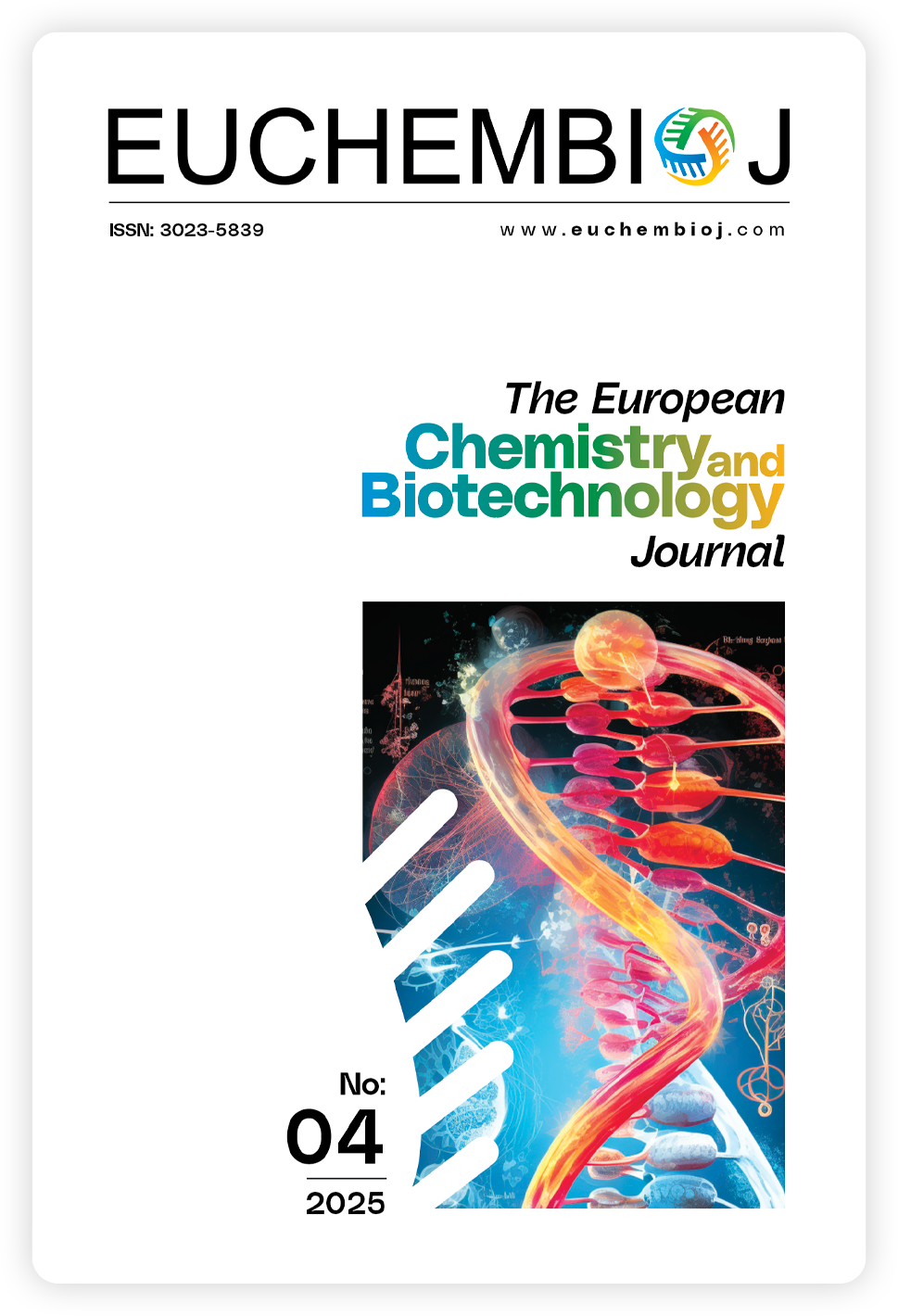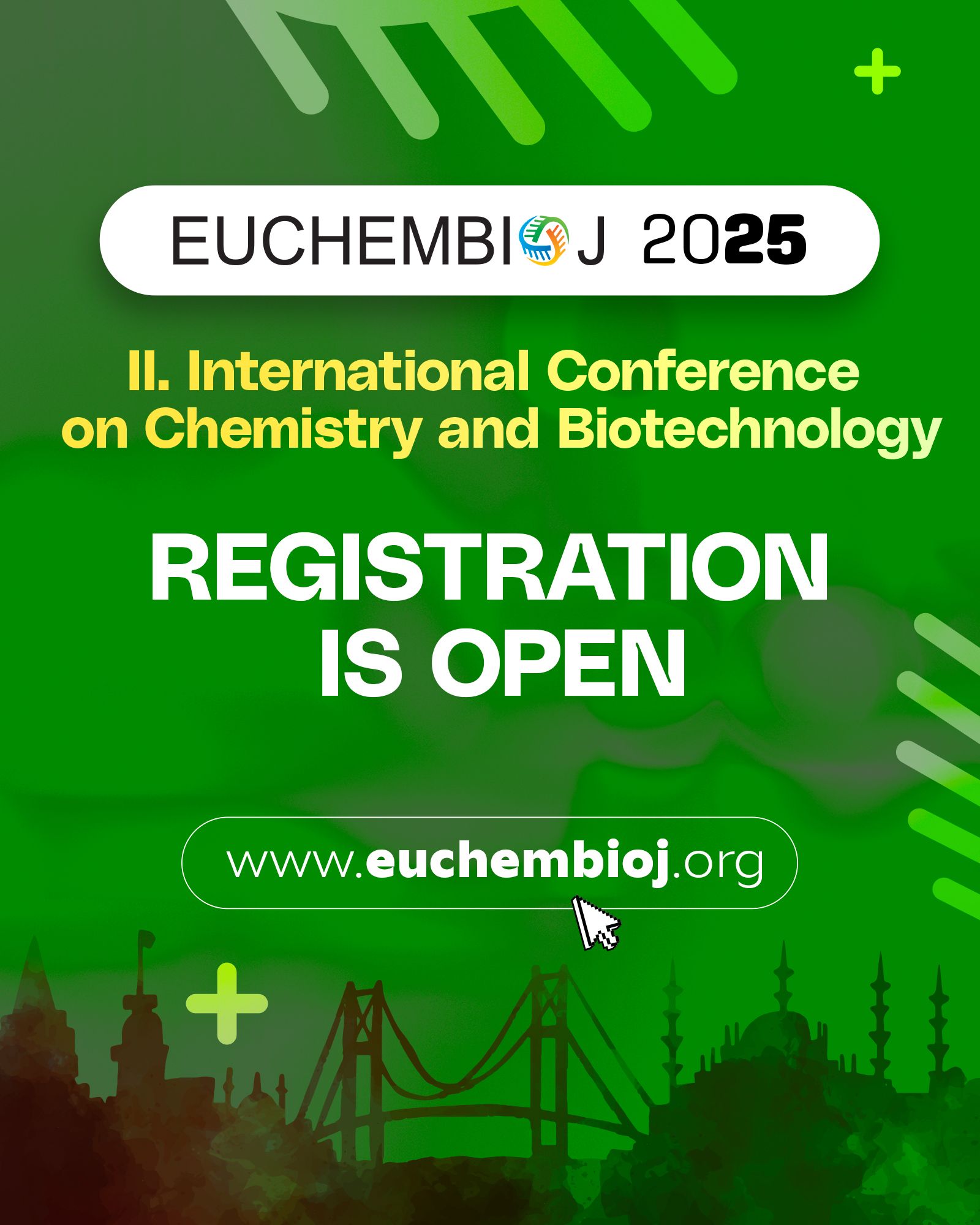Gango + BioFunctional: A computational tool for efficient functional gene analysis
DOI:
https://doi.org/10.62063/ecb-63Keywords:
AI Integration, Computational Tool, Functional Gene Analysis, Gene Ontology, KEGG Pathways, Shiny ApplicationAbstract
Functional gene analysis is crucial for understanding gene roles in biological processes. However, analyzing data with multiple experimental groups presents significant challenges due to the complexity of data processing and the limitations of existing tools. GANGO + BioFuncional, an R-based Shiny application designed for end-users, addresses these challenges by providing a streamlined and comprehensive workflow for functional gene analysis. This interactive and freely available tool requires no installation, thus significantly enhancing its accessibility. The application is composed of two primary modules: GANGO, which efficiently processes input data and performs functional annotation to Gene Ontology (GO) terms and KEGG pathways; and BioFuncional, dedicated to in-depth analysis and interpretation. Key advantages include a highly user-friendly interface that eliminates the need for programming expertise, robust multi-group analytical capabilities, comprehensive visualization tools (interactive networks and significance-driven bar plots), and seamless compatibility with AI-driven interpretation tools like CURIE. Hosted on a server, GANGO + BioFuncional enhances the efficiency and accessibility of functional gene analysis, making it a valuable asset for both specialists and AI applications, ultimately facilitating deeper biological insights.
References
Alterovitz, G., Xiang, M., Mohan, M., & Ramoni, M. F. (2007). GO PaD: the Gene Ontology Partition Database. Nucleic acids research, 35(Database issue), D322–D327. https://doi.org/10.1093/nar/gkl799 DOI: https://doi.org/10.1093/nar/gkl799
Ashburner, M., Ball, C. A., Blake, J. A., Botstein, D., Butler, H., Cherry, J. M., Davis, A. P., Dolinski, K., Dwight, S. S., Eppig, J. T., Harris, M. A., Hill, D. P., Issel-Tarver, L., Kasarskis, A., Lewis, S., Matese, J. C., Richardson, J. E., Ringwald, M., Rubin, G. M., & Sherlock, G. (2000). Gene ontology: Tool for the unification of biology. Nature Genetics, 25(1), 25–29. https://doi.org/10.1038/75556 DOI: https://doi.org/10.1038/75556
Chang, W., Cheng, J., Allaire, J., Sievert, C., Schloerke, B., Xie, Y., Allen, J., McPherson, J., Dipert, A., & Borges, B. (2025). shiny: Web Application Framework for R (R package version 1.10.0.9001). https://github.com/rstudio/shiny
Chen, E. Y., Tan, C. M., Kou, Y., Duan, Q., Wang, Z., & Ma’ayan, A. (2013). Enrichr: Interactive and collaborative HTML5 gene list enrichment analysis tool. BMC Bioinformatics, 14(1), 128. https://doi.org/10.1186/1471-2105-14-128 DOI: https://doi.org/10.1186/1471-2105-14-128
Gene Ontology Consortium (2015). Gene Ontology Consortium: going forward. Nucleic acids research, 43(Database issue), D1049–D1056. https://doi.org/10.1093/nar/gku1179 DOI: https://doi.org/10.1093/nar/gku1179
Huang, D. W., Sherman, B. T., & Lempicki, R. A. (2009). Systematic and integrative analysis of large gene lists using DAVID bioinformatics resources. Nature Protocols, 4(1), 44–57. https://doi.org/10.1038/nprot.2008.211 DOI: https://doi.org/10.1038/nprot.2008.211
Kanehisa, M., & Goto, S. (2000). KEGG: Kyoto Encyclopedia of Genes and Genomes. Nucleic Acids Research, 28(1), 27–30. https://doi.org/10.1093/nar/28.1.27 DOI: https://doi.org/10.1093/nar/28.1.27
McClain, M. T., Constantine, F. J., Henao, R., Liu, Y., Tsalik, E. L., Burke, T. W., Steinbrink, J. M., Petzold, E., Nicholson, B. P., Rolfe, R., Kraft, B. D., Kelly, M. S., Saban, D. R., Yu, C., Shen, X., Ko, E. M., Sempowski, G. D., Denny, T. N., Ginsburg, G. S., & Woods, C. W. (2021). Dysregulated transcriptional responses to SARS CoV 2 in the periphery. Nat Commun 12, 1079. https://doi.org/10.1038/s41467-021-21289-y DOI: https://doi.org/10.1038/s41467-021-21289-y
Monleon Getino, A., Paytuví Gallart, A., Sanseverino, W., & Méndez, J. A. (2020). A new bioinformatic tool to interpret metagenomics/metatranscriptomics results based on the geometry of the clustering network and its differentially gene ontologies (GANGO) [Preprint]. bioRxiv. https://doi.org/10.1101/2020.06.10.140103 DOI: https://doi.org/10.1101/2020.06.10.140103
Reinitz, J., & Hammer, M. (2004). A computational approach to gene functional analysis: Gene ontology, sequence motifs, and expression data. Methods in Cell Biology, 77, 1–23.
Rodriguez, A., & Monleon-Getino, A. (2024). BioFunctional: A comprehensive app for interpreting and visualizing functional analysis of KEGG pathways and gene ontologies [Preprint]. bioRxiv. https://doi.org/10.1101/2024.10.08.616405 DOI: https://doi.org/10.1101/2024.10.08.616405
Subramanian, A., Tamayo, P., Mootha, V. K., Mukherjee, S., Ebert, M. A., Gillette, M. A., Paulovich, A., Pomeroy, S. L., Golub, T. R., Lander, E. S., & Mesirov, J. P. (2005). Gene set enrichment analysis: A knowledge-based approach for interpreting genome-wide expression profiles. Proceedings of the National Academy of Sciences, 102(43), 15545–15550. https://doi.org/10.1073/pnas.0506580102 DOI: https://doi.org/10.1073/pnas.0506580102
Thomas, D. A. (2000). Functional genomics: A user’s guide to the Rosetta Stone of gene function. Genome Biology, 1(3), reviews1003.1–reviews1003.7. https://doi.org/10.1186/gb-2000-1-3-reviews1003
Additional Files
Published
How to Cite
Issue
Section
License

This work is licensed under a Creative Commons Attribution-NonCommercial 4.0 International License.








